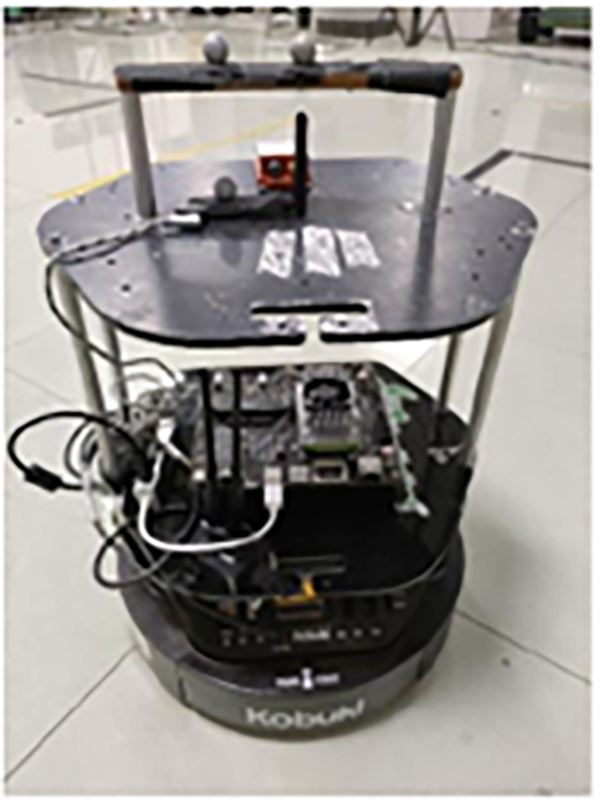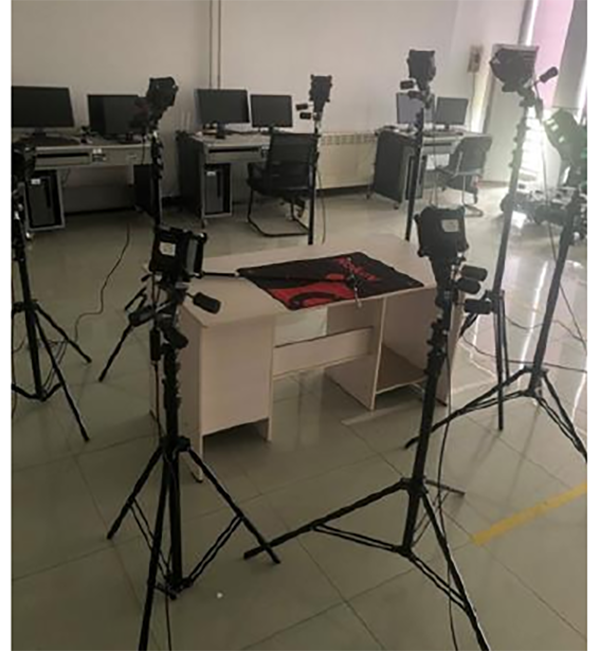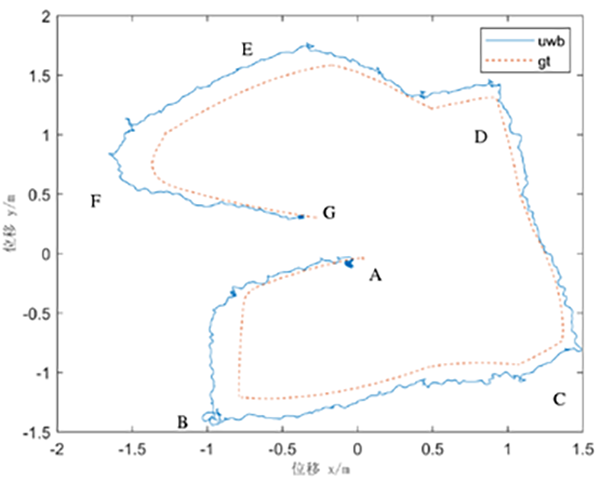In constricting underground environments, such as coal mines and subway tunnels, mobile robots are used for detection, mining, and search and rescue operations due to their relative safety and efficiency. Accurate mapping and positioning data are needed for these autonomous underground robots to be effective.

Figure 1 - Robots in underground tunnels
Robots are often required to run autonomously underground without any prior terrain knowledge and are unable to use GPS for positioning. Thus, robots are required to generate their own maps in these unknown underground environments and use these maps for autonomous positioning with simultaneous localization and mapping (SLAM) technology.
Due to the similarities throughout most underground environments and the distance limitations of lidar point clouds, a solely lidar-based SLAM system is often ineffective. Researchers at the China University of Mining and Technology developed a multi-sensor SLAM system that incorporates the positioning data from an ultra-wideband (UWB) system and inertial measurement unit (IMU) to serve as a reliable estimate for lidar scanning. Combined, these sensors help locate the robot and generate a map based on a graph optimization framework.
The researchers proposed an algorithm based on the extended Kalman filter (EKF), combining UWB ranging information and IMU acceleration information to improve the accuracy and reduce the latency of the underground positioning system by augmenting the state vector and estimating changes in acceleration.
The researchers conducted indoor experiments to evaluate the efficacy and accuracy of the positioning algorithm and the feasibility of such a system in long, narrow tunnels. The tests used a TurtleBot 2 with mobile UWB and IMU units fixed to the platform. The UWB system required four additional anchor nodes for positioning.

Figure 2 - Mobile Robot Platform
Eight NOKOV Mars 2H motion capture cameras were arranged around the testing site. The system was used to track the reflective markers attached on the mobile robot to obtain the true location and trajectory of the robot.

Figure 3- Experimental setup
Comparing the real trajectory captured by the NOKOV motion capture system with the estimated trajectory obtained by the EKF algorithm, the EKF trajectory appears to be a consistently accurate estimate of the real trajectory.

Figure 4 - True trajectory and estimated trajectory
After testing the performance of the EKF algorithm, the researchers developed the UWB/lidar fusion SLAM system for underground environments. Experiments they conducted in an underground tunnel proved that the system is accurate with no cumulative error.
Bibliography: